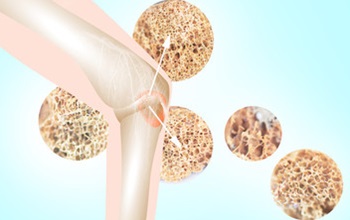
Understanding Perihperal IV Site Rotation and Best Practices
Peripheral intravenous (IV) catheters are a cornerstone of modern infusion therapy, offering a reliable route for hydration, medication administration, and short-term therapies. But while their use is common, the question of how long a peripheral IV is good for — and when the site should be rotated — is guided by well-established clinical standards. According to the Infusion Therapy Standards of Practice, 9th Edition, the approach to catheter dwell time has shifted to prioritize clinical assessment over rigid timeframes.
Time-Based vs. Clinically Indicated Replacement
Historically, peripheral IV catheters were routinely replaced every 72–96 hours to reduce the risk of complications like phlebitis and infection. However, updated evidence and best practice guidelines have moved away from this time-based approach. The Infusion Therapy Standards of Practice (INS Standards) now recommend that short peripheral catheters be replaced based on clinical indications rather than a fixed schedule.
Clinical indications for removal or replacement may include:
- Signs of phlebitis (pain, redness, swelling, warmth)
- Infiltration or extravasation
- Catheter malfunction (e.g., occlusion)
- Suspected or confirmed infection
- The catheter is no longer needed
This evidence-based practice reduces unnecessary catheter insertions, improving patient comfort and conserving resources — all while maintaining patient safety.
Site Assessment and Documentation
Regular assessment of the IV site is critical. The INS Standards emphasize at least every 4-hour site checks in adult patients who are alert and oriented, and more frequent assessments in high-risk populations such as pediatric, critically ill, or cognitively impaired patients. Proper documentation of site condition, dressing integrity, and signs of complications is essential for safe and effective therapy.
Dressing and Site Care
Peripheral IV sites should be covered with a sterile, transparent, semipermeable membrane dressing, allowing continuous visualization of the insertion site. Dressings should be changed when they become loose, damp, or soiled — not necessarily on a routine basis.
The Role of Nurse Education in IV Site Management
Effective peripheral IV site management hinges on clinical judgment and knowledge of the most current standards. That’s why continuing education for nurses is vital to ensure evidence-based practices are followed at the bedside.
Take the Next Step with Pedagogy Education
To deepen your understanding of peripheral IV therapy and ensure your practice aligns with the latest guidelines, consider enrolling in Pedagogy Education’s online continuing education course:
Basics of Peripheral IV Therapy: Current Standards
This comprehensive course covers:
- Types of peripheral catheters and indications
- Insertion techniques and maintenance
- Signs of complications and interventions
- Current INS standards and best practices
Whether you're a new nurse or a seasoned clinician refreshing your skills, this course provides practical, evidence-based instruction to help you deliver safe, effective IV therapy.
Stay informed. Stay prepared. Stay aligned with the standards.
Explore Pedagogy Education’s full range of IV therapy courses to keep your clinical practice sharp and patient-focused.

